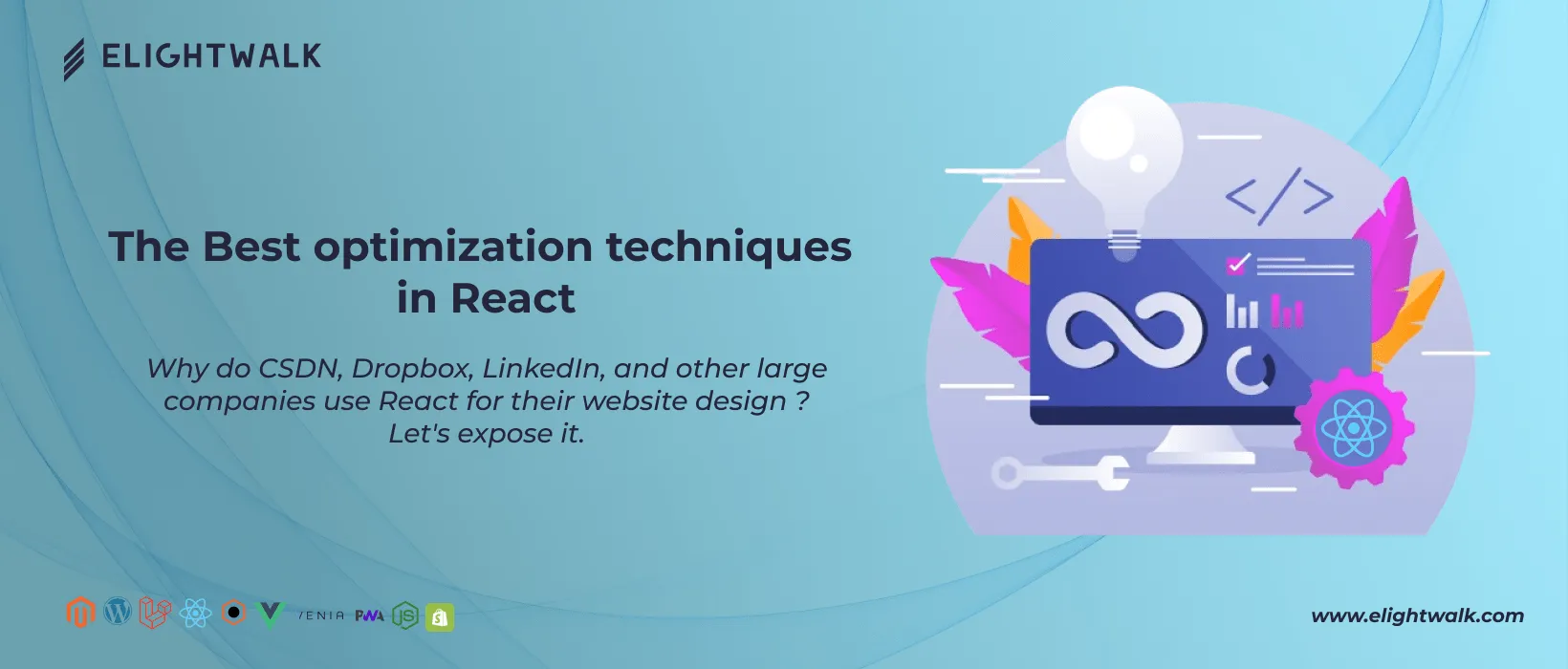Why do CSDN, Dropbox, LinkedIn, and other large companies use React for their website design? Some might say it's a popular tool, but there's more to it than that. We are talking about the advantages it provides.
One significant advantage is that React helps you build your website or app faster than other tools. This means you can save significant time, which every firm values.
Let us discuss optimising your website's performance and show you how our ReactJS development team can help. Let's get started right now!



